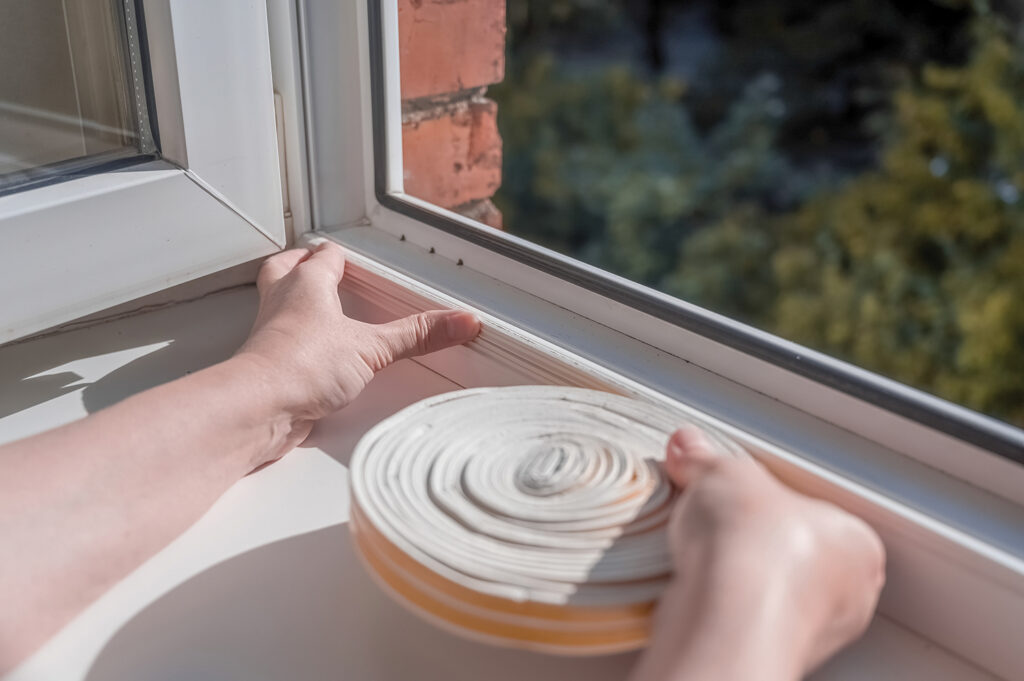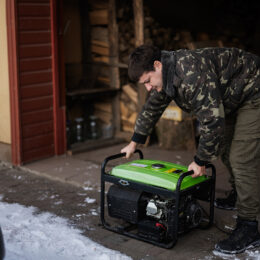By Jessica Kaufer
When it comes to making a home more energy efficient, many people know that adding the correct amount of insulation in attics and over crawl spaces and basements can make a huge difference. However, sealing leaks is crucial to minimizing energy use.
Air can leak through outer walls, windows, doors, and other openings. A well-sealed home and the proper insulation can save you significant money on utility bills. The Environmental Protection Agency estimates that homeowners can save an average of 15% on heating and cooling costs alone by air-sealing their homes and adding insulation.
If you added up all the leaks, holes, and gaps in a typical home, it would be the equivalent of having a window open every day of the year.
Here are some ways to prevent that by sealing your home:
Caulk and weatherstrip doors and windows that leak air. While you’re at it, caulk and seal leaks where plumbing, ducting, or electrical wiring comes through walls, floors, and ceilings.
Install foam gaskets behind electrical outlets and switch plates on the walls.
Conduct a proper inspection around your home. Look for dirty spots in any visual insulation, ceilings, and carpets to check for leaks and mold. These spots could indicate a leak at interior wall or ceiling joints and wall or floor joists. Low-expansion spray foam and caulking can solve most of these issues.
Replace single-pane windows with more efficient double-pane, low-emissivity windows or use foam sealant on larger gaps around windows or baseboards where air may leak. Another option is to use shrink-to-fit plastic wrap over existing windows.
Replace exterior door bottoms and thresholds with ones that have pliable sealing gaskets.
Seal leaks around fireplace chimneys, furnaces, and gas water heater vents with sheet metal or sheetrock and furnace cement caulk.
Keep the fireplace flue damper tightly closed when not in use. Flues can also warp and break, creating a path for air loss. If that’s the case, you could seal the flue when not in use with an inflatable chimney balloon.
Check your dryer vent to be sure it is not blocked, saving energy and preventing a fire.
These changes can make a difference, no matter the time of year or the weather outside.
Contact your co-op for more information on making your home more efficient.
Jessica Kaufer is the Member and Energy Solutions Specialist at Clark County REMC in Sellersburg, Indiana




